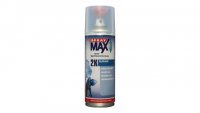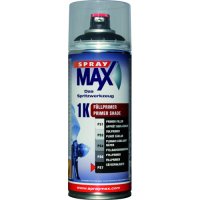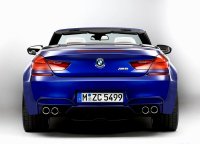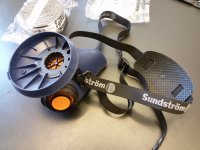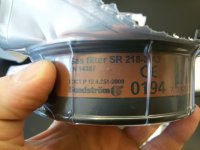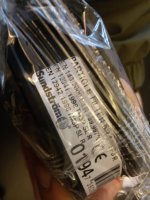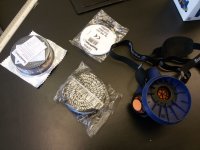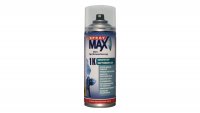hey guys!
after my question for a good facemask for painting my tins "escalated" a bit ,covering themes like how to build a paint booth and how to spray my tins i will start here a little paint thread which will show my experiences on doing the job for my Yamaha RD tins and plastic parts.
,covering themes like how to build a paint booth and how to spray my tins i will start here a little paint thread which will show my experiences on doing the job for my Yamaha RD tins and plastic parts.
this is the "old" thread:
http://www.dotheton.com/forum/index.php?topic=62014.0
This thread will take some time since i´m currently waiting for the last pieces to complete my restoration,start´er up.
The bike got a nearly full resto with new pistons seals and gaskets.Bolt were replaced,too much to list.
This is my learning project i try to do nearly everything on my own.I already asked a pro painter about the paint job and he would take 700 euros for this job.
So i will take the risk and try this on my own hopefully with the help of you guys! ;D
after my question for a good facemask for painting my tins "escalated" a bit
this is the "old" thread:
http://www.dotheton.com/forum/index.php?topic=62014.0
This thread will take some time since i´m currently waiting for the last pieces to complete my restoration,start´er up.
The bike got a nearly full resto with new pistons seals and gaskets.Bolt were replaced,too much to list.
This is my learning project i try to do nearly everything on my own.I already asked a pro painter about the paint job and he would take 700 euros for this job.
So i will take the risk and try this on my own hopefully with the help of you guys! ;D
Attachments
-
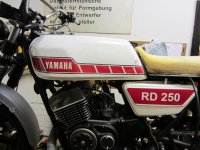 IMG_4712.JPG76.4 KB · Views: 352
IMG_4712.JPG76.4 KB · Views: 352 -
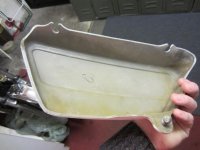 IMG_4719.JPG56 KB · Views: 348
IMG_4719.JPG56 KB · Views: 348 -
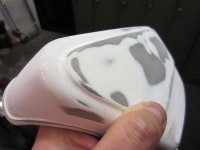 IMG_4717.JPG44.5 KB · Views: 359
IMG_4717.JPG44.5 KB · Views: 359 -
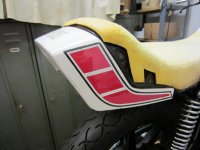 IMG_4706.JPG59.7 KB · Views: 348
IMG_4706.JPG59.7 KB · Views: 348 -
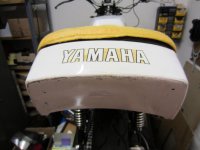 IMG_4707.JPG53.7 KB · Views: 368
IMG_4707.JPG53.7 KB · Views: 368 -
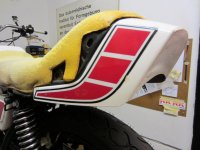 IMG_4709.JPG66.7 KB · Views: 352
IMG_4709.JPG66.7 KB · Views: 352 -
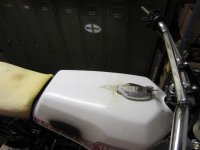 IMG_4722.JPG50.7 KB · Views: 344
IMG_4722.JPG50.7 KB · Views: 344 -
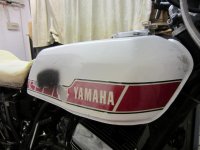 IMG_4721.JPG62.8 KB · Views: 353
IMG_4721.JPG62.8 KB · Views: 353 -
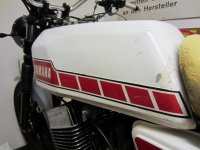 IMG_4711.JPG62.9 KB · Views: 340
IMG_4711.JPG62.9 KB · Views: 340


